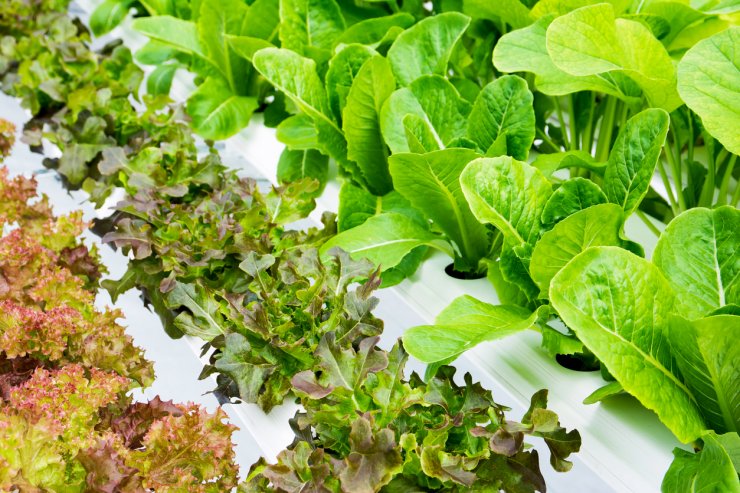
If there’s one thing I can say about gardeners, it’s that we have some very different ideas of what it means to grow vegetables. Some of us take a very scientific and organized approach. Others of us are just happy to get some warm soil in our hands and hope for the best with whatever those seeds were we just tossed in the ground.
For those who take a more disciplined approach, closed system hydroponics could be a good solution for growing an indoor garden. Or, if you’re like me who doesn’t want to give up fresh produce in the winter, it’s great too!
If, like most gardeners, you plant your vegetables in the ground or in outdoor containers, a hydroponic system of any kind may seem like something out of a futuristic science fiction novel where the protagonist is attempting to colonize some distant planet. As cool as that would be, closed system hydroponics are, in fact, very terrestrial – only without all the dirt.
Discover the 3 top options for growing vegetables indoors—when you access the FREEBIE Growing Vegetables Indoors for Beginners, right now!
What the heck is a closed system hydroponics garden and why on earth would you want to grow vegetables this way?
The easiest way to understand something is usually by breaking it down into smaller pieces. With that in mind, a closed system of any kind is one in which the enclosed materials are recycled. Your blood, for example, is in a closed system. It gets pumped from your heart into your arteries, delivered to the rest of your body, then returned to the heart through veins. We add oxygen and nutrients to it through the air we breathe and the food we eat, but generally speaking, our blood stays in the body and cycles continuously.
The other part of this, hydroponics, refers to growing plants without soil, with their roots either anchored to a growing medium or suspended in nutrient-enriched water. Put that together and you have a garden that grows without soil and is nourished by a recycled nutrient solution.
Most retail indoor growing systems are closed system hydroponics. You fill the reservoir with the nutrient solution and a timed pump fills the grow tray, which then drains back into the reservoir. For that matter, many of these systems come as complete kits, including grow lights, built-in timers and indicators to let you know when you need to add water or plant food, and even specific seed pods.
So what could go wrong?
As compared to a traditional garden, closed system hydroponics can get pretty darn expensive if you want to plant more than a few vegetables and herbs. It’s also easy for diseases to spread, since the nutrient solution gets carried to all the plants in the system.
Mechanically, there are more than a few stories out there about plants drying out quickly when pumps malfunction. And though it’s rare, it only takes a small crack or leak for you to end up with hydroponic growing solution all over your floor.
Even considering the downsides, as long as you pay regular attention to your plants, a hydroponic system can be a good choice for the winter. I love mine, and it’s surely not as easy as an outdoor garden to maintain, but you can’t beat fresh lettuce and herbs all winter long!
If you have any questions, leave them below. I love talking about my hydroponic garden.
And what about you? What is your experience with growing vegetables with closed system hydroponics? I’d love to hear your story in the comments.
Discover the 3 top options for growing vegetables indoors—when you access the FREEBIE Growing Vegetables Indoors for Beginners, right now!




